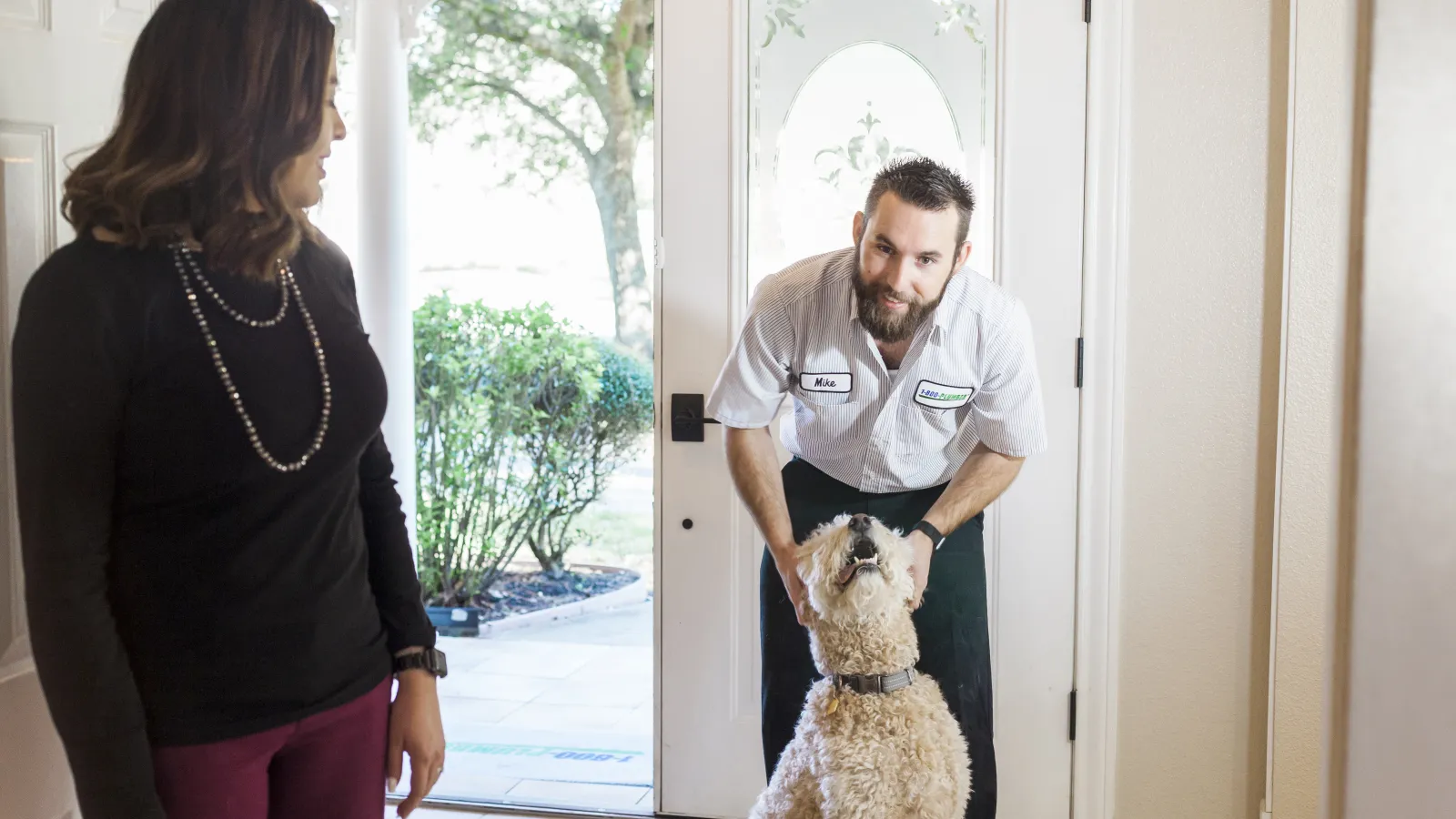
Gas Line Installation Pros | 1-800-Plumber +Air of McKinney
Did you know that McKinney, Texas has a current population of 208,487 residents, making it the 15th largest city in Texas?
Many of these residents are homeowners and have many needs for their homes, such as home renovation and natural gas installation. If you're currently wondering about natural gas installation cost, then you probably have many questions.
It can be stressful to have so many questions about an installation that's so important for the heating of your home, as well as for cooking, if you have a gas stove. You may be wondering about what state regulations are, and how to install a gas line from the street to your house.
Fortunately, we have all the answers you need. Instead of having to stress about these details, you can find out how gas line installation works, how much it costs, and about who installs gas lines for stoves.
Natural Gas Installation Cost
Generally speaking, installing or repairing a gas line costs between $256 to $797. However, for complex natural gas installation costs, it can be as much as $1,000. To get an idea, it also helps to measure how long the gas line will be, since that cost is usually around $12 to $25 per linear foot.
Costs can vary, however, depending on a few factors.
How difficult the installation is, as well as how far your home is from the gas supply and the type of pipe used, have an impact on cost. Additionally, labor, materials, and permits might have an impact.
Also, if you're making the switch from electric to gas, this will impact price. So will adding any appliances that are going to involve the gas installation. Finally, you'll need to check to see if you already have gas lines in your home.
Installing new ones will add significantly to the cost.
Let's take a look at how all this might look in practice:
If you already have a gas line, and you need to add tubing to attach a new appliance to a gas source, this will cost between $250-$500 for 20 linear feet
If you need to install a new gas line (for example, to increase the supply of gas), then this means the line will have to be longer to reach the gas meter, and the project more complex, so the cost will be closer to between $500 to $2,000
If you need to make the complete switch to gas, then this requires an entirely new gas line that goes from the house to the street, which again means the line will have to be longer and the project more complex, so the cost will be over $2,000
If you're wondering how to find gas line installers, we'll cover that at the end of this article.
Ready to
GET IT FIXED?
Contact Us Now!
Flexible Gas Line Installation
If you're considering a flexible gas line installation, it's important to know what the benefits of this kind of gas line are.
First of all, flexible gas lines work well, and they're safe. Even though many people were worried about their safety when they first came out, they've been proven to not have any safety issues.
These corrugated appliance connectors are used for all kinds of appliances now, from gas ranges to clothes dryers.
Flexible, corrugated stainless steel tubing is fast to install. As compared to the traditional black iron gas lines, which have to be cut and threaded, flexible gas lines on the other hand can be installed much more like electric wires because of their flexibility.
You'll have to pay less because there will be less labor involved.
Finally, flexible gas lines are less likely than traditional black iron gas lines because there aren't any corners that have to be sealed or fit together. Instead, everything runs together smoothly, which prevents more gas leaks.
Considering all these benefits, it's no surprise that people prefer flexible gas lines to the old-fashioned black iron gas lines.
Gas Line Installation Code
When installing a gas line in McKinney, Texas, there is a gas installation code you have to follow. This code, which is followed in many U.S. cities and states, is the International Code Council's International Residential Code.
Specifically, it's Chapter 24 you want to pay attention to in the gas line installation code.
In Chapter 24, you'll find all the requirements that must be met when installing and operating gas pipes within residential buildings. If you're hiring someone to do this work for you, ensure that they're aware of these requirements.
Generally speaking, these requirements are:
Pipe size has to be designed specifically for the gas flow needed for the appliance the gas will be powering
Pipe size must also be determined by the type of pipe being used
There are specific required sizes that are specified by manufacturers of certain appliances such as boilers or furnaces
A gas pipe cannot be re-used or reconditioned, and neither can other related items such as valves or fittings--unless they can be safely used, which will be demonstrated by testing them and ensuring they are free of debris. They will also have to be okayed by the project inspector of the installation
Cast iron pipes are not permitted for use in homes or other types of residences
Some additional requirements include:
Pipes cannot be installed through chimneys, elevator shafts, ductwork, dumbwaiters, or clothing or trash shoots--anywhere where there might be something that passes through it, since this could be a safety concern
The piping cannot go through the foundation of the house or anywhere below grade
Gas shut-off valves must be installed, and these valves must work correctly with the material of the piping
When you are having your gas line installed, there will be a process of inspection, testing, and purging. That way, you can ensure that the gas line connected to your home and appliances will be safe.

24/7
Availability

No surprise
costs at the end of a job

On-Time
Committed to on-time arrivals


